#23. Deep Search Project
In September 2017, a group of scientists launched a five-year project named Deep Search, intending to study the deep-sea coral and canyon ecosystems in the U.S. waters of the Atlantic Ocean. Most of their fieldwork was to be carried out off the shores of Virginia, North Carolina, South Carolina, and Georgia.
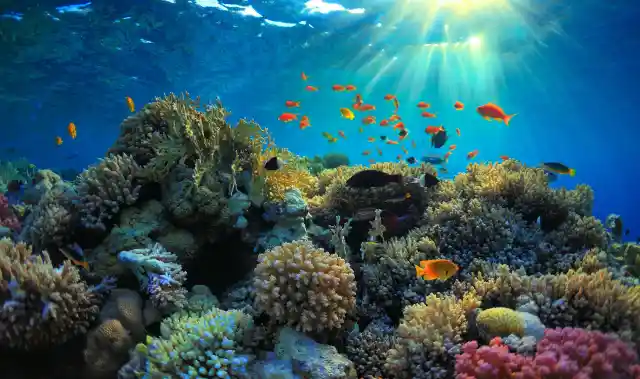
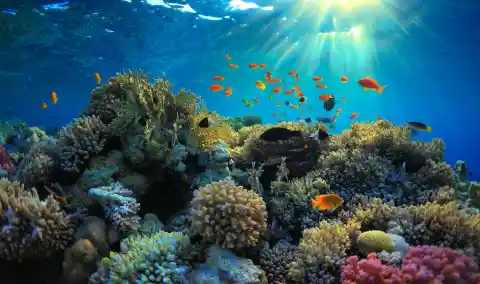
One year later, in August 2018, they made their first groundbreaking discovery. 150 kilometers off the shoreline of South Carolina, they discovered a giant patch of pristine coral reef that had never been spotted before.
#22. Coral Reefs
Coral reefs are sub-aquatic ecosystems which are made up of marine invertebrates known as corals. Coral reefs are made up of thousands of tiny animals known as coral polyps, which are related to jellyfish and anemones. These polyps emit calcium carbonate, which then solidifies into a substance which protects the coral.

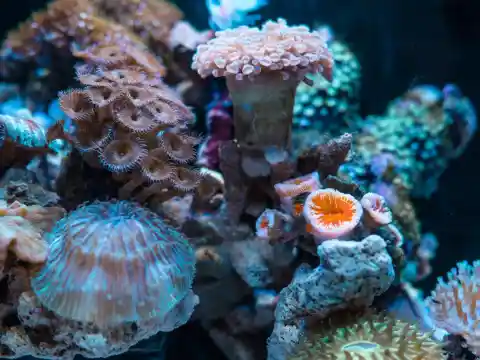
Coral reefs are also famous for their lively colors. This is because different species of algae live inside them. Not only do these marine plants add a bit of color to the corals, but they also provide them with food.
#21. The Reefs’ Biodiversity
Coral reefs are one of the richest and most diverse ecosystems that can be found underneath the ocean. Their biodiversity is such that scientists believe that 25% of the world’s marine species rely on coral reefs, either for shelter or food.

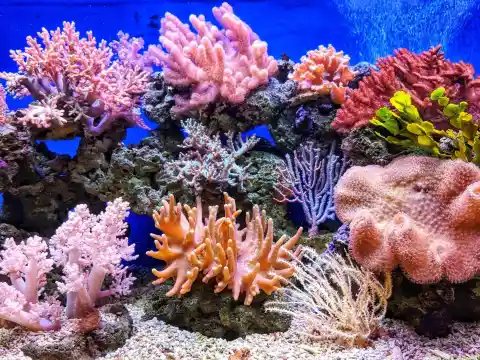
These statistics may come as a surprise if we consider that coral reefs constitute less than 1% of the Earth’s surface and nearly 2% of the seafloor. As you can see, some ecosystems play a crucial role in the global health of the planet in spite of their small size.
#20. The Importance Of Coral Reefs
Due to their rich biodiversity, coral reefs feed millions of animals and people. They are also a very important source of medicines and they form a barrier against bad weather. Lastly, given they are great diving spots, they create thousands of jobs in the tourism sector.
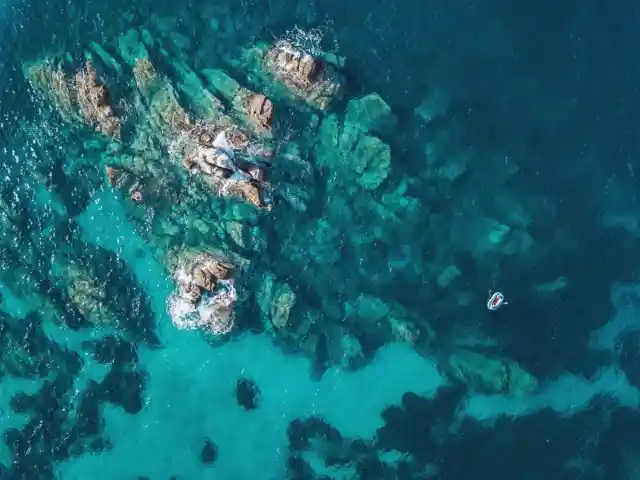
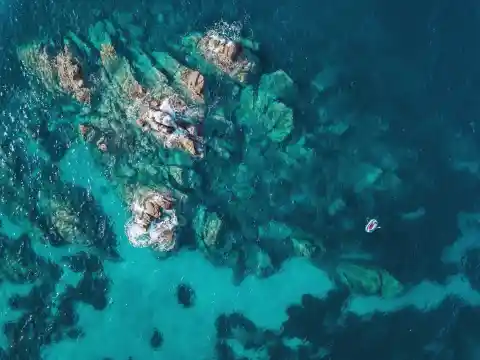
They are also important for the fishing sector. In fact, nearly 25% of the world’s low-scale fishing business relies on coral reefs and uses them as their hunting ground. The reason behind this is that millions of fish seek refuge in these corals. Thus, coral reefs are vital for human beings.
#19. Distribution Of Coral Reefs
Coral reefs exist in all of the world’s five oceans, including the ice-cold waters of the Alaskan shores near the Arctic. In spite of this, reefs attract more fishing and way more tourism in those areas where the temperatures are higher and depths are smaller.
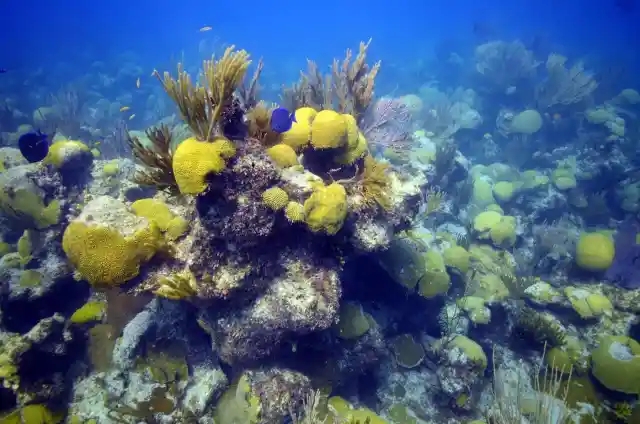
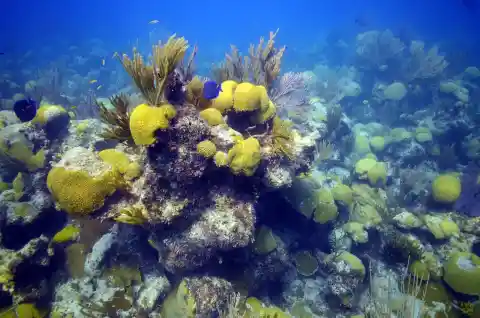
The biggest coral reef in the world is the famous Great Barrier Reef, located near the coast of Queensland, Australia. The Great Barrier Reef is nearly 2,300 kilometers long and is home to over 600 different types of corals.
#18. The Dangers Of Climate Change
However, most of the coral reefs in the world, including the Great Barrier Reef, face a great number of threats. One of the biggest ones is coral bleaching, a phenomenon generated by the increase in the oceans’ temperatures. In other words, climate change poses a great risk to coral reefs.
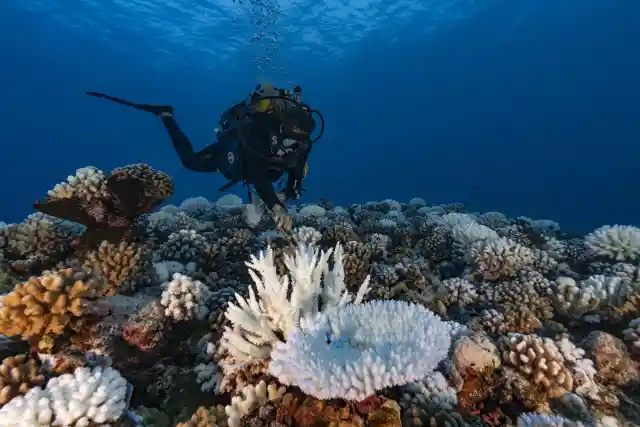
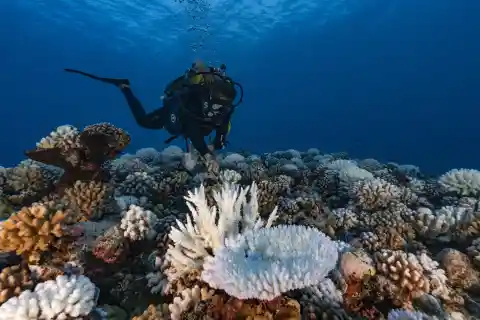
Other threats include excessive fishing as well as the growing acidification of seawater. Last but not least, the amount of sunscreen that humans deposit in the ocean rises the levels of phosphorus and nitrogen in the water, which also harms the coral reefs.
#17. Extinction Of Marine Wildlife
Due to all the factors mentioned above, coral reefs are in decline in all of the world’s seas. In fact, in some parts of the ocean, certain marine invertebrates that inhabit coral reefs are on the brink of extinction, while others are critically endangered.
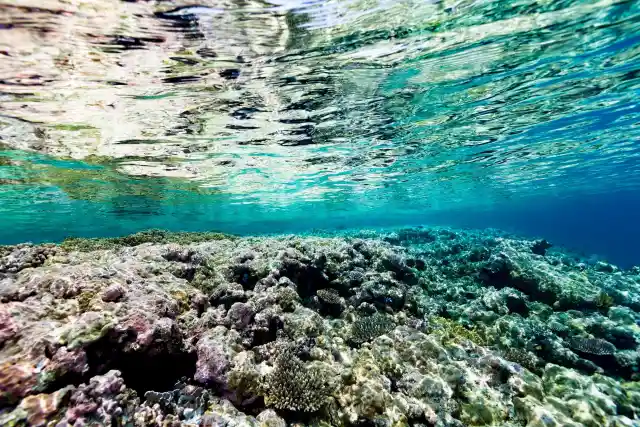
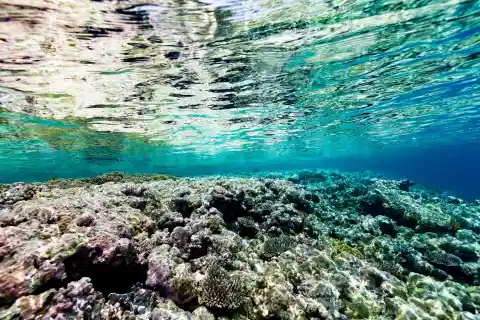
In some other parts of the world, coral reefs haven’t been destroyed yet, but they have shrunk dramatically in size during this past century. Because of this, hundreds of NGOs throughout the world are making all-out efforts to protect and revitalize these vital underwater ecosystems.
#16. Worrying Statistics
Sometimes, people need to be given statistics in order to fully understand the scope of a problem. As regards this issue, did you know that 50% of the world’s corals have disappeared just over the past three decades? I bet now you understand why scientists are so worried.
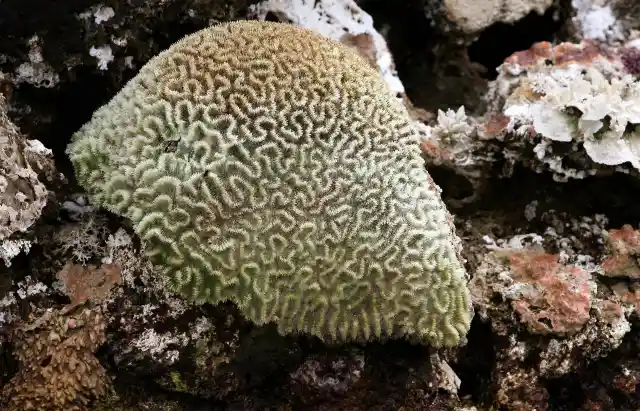
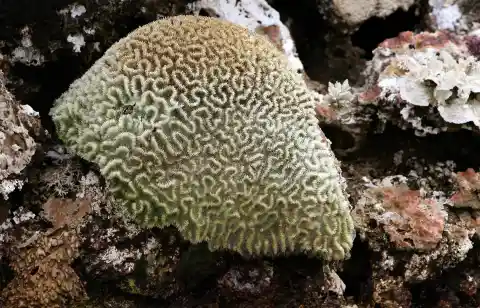
If this trend continues over time, coral reefs will disappear in a matter of decades, and the repercussions would be catastrophic. To begin with, literally, billions of marine species would be damaged.
#15. Threat To Human Life
Furthermore, the destruction of coral reefs poses a major threat to human life in different ways. To begin with, it would have a negative impact on the fishing industry, which employs nearly 40 million people throughout the world.
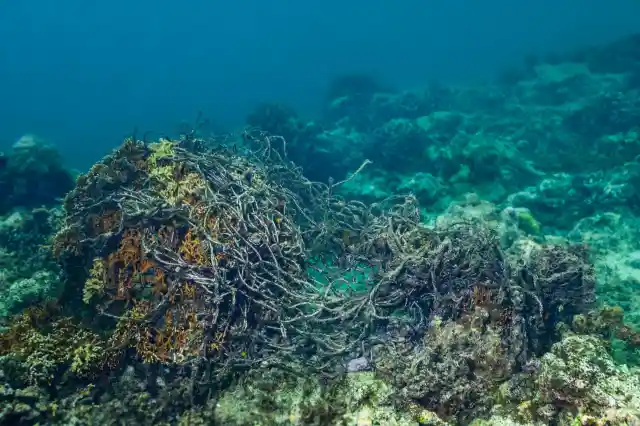
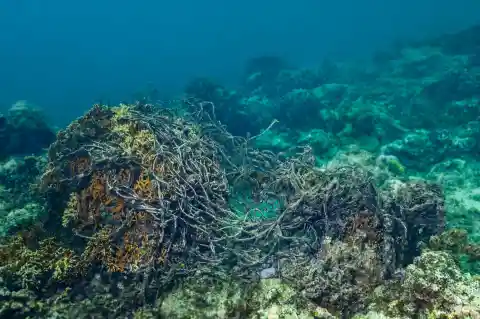
Apart from that, their destruction would result in the loss of many medicines that are made up of ingredients that can only be found in these reefs. Besides, the loss of the natural habitat of thousands of marine species would probably trigger many other issues.
#14. The Corals’ Influence On Climate
The loss of coral reefs would also have devastating climatic effects. The thing is that coral reefs constitute natural coastal flood defenses, which means that they protect the lives of over 200 million people in all of the world’s continents.

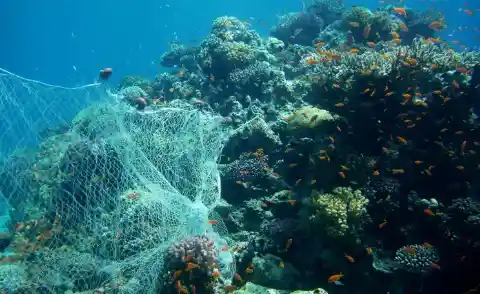
In fact, scientists believe that reefs counterbalance 97% of a wave’s power. If reefs were to disappear, people would have to build replacements to prevent the risk of floods, which would cost around $2.5 million per mile.
#13. Office Of Ocean Exploration And Research
Because of all this, many organizations seek to protect the world’s coral reefs. One of these is the National Oceanic and Atmospheric Administration (NOAA). One of the NOAA’s branches, the Office of Ocean Exploration and Research (OER), is devoted to sub-aquatic exploration.
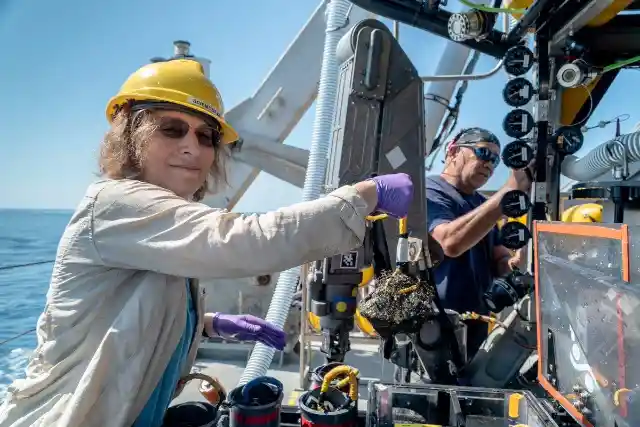
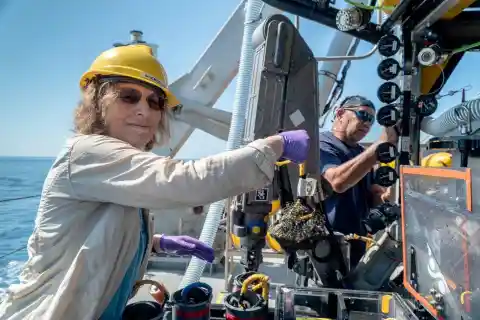
The OER’s main goal is to explore those parts of the ocean that remain unknown or that have usually been ignored. As you may imagine, the organization uses leading-edge technology to map the ocean floor. And the data the OER gathers helps the world learn more about the ocean.
#12. A Mind-Blowing Discovery
In 2018, scientists from the OER launched the Deep Search project, which we’ve already mentioned earlier. This program was founded to explore the sub-aquatic environments located off the United States’ eastern coast.


These scientists spent several months roaming the ocean’s waters using a tool known as Alvin. The Alvin is a submersible machine that can carry humans to the depths of the ocean. The one that the OER used was named Okeanos.
#11. Premonition
The team onboard the Okeanos was not sure what they would find. However, Erik Cordes, the team’s lead scientist, told Huff Post the following:
“I know we’re going to find something that no one’s ever seen before… Those are the moments that I love“.

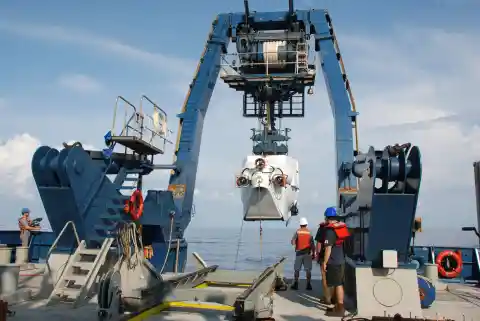
Crazily enough, one week after Cordes’ prediction, the Deep Search team made a groundbreaking discovery. 150 kilometers off South Carolina’s shoreline, they found a pristine coral reef 2,500 feet underwater.
#10. High-Tech Maps
In June 2018, the same team had revealed the existence of this reef following a high-tech mapping exercise. According to such maps, they believed that a vast quantity of corals lay in the depths of the ocean. And they were right.
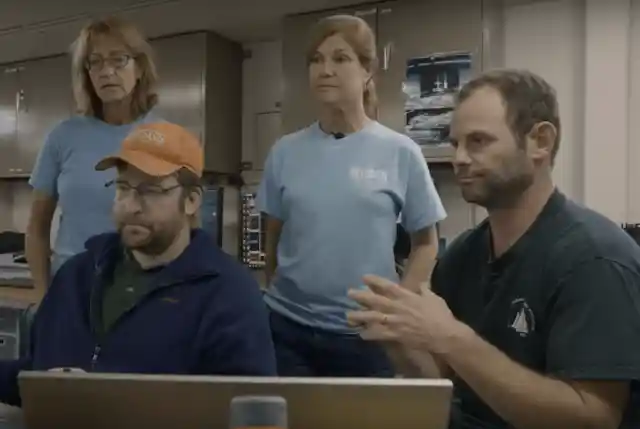

However, in spite of these predictions, the team still hadn’t spotted the reef for themselves. After they found it, Cordes confessed: “It’s incredible that it stayed hidden off the U.S. East Coast for so long“.
#9. A Special Type Of Coral
When the coral reef was found, only three scientists were on board the Alvin: coral scientist Cathy McFadden, submersible pilot Bruce Strickrott, and Cordes himself. They confirmed the reef’s existence after two more dives, during which they retrieved samples of coral.
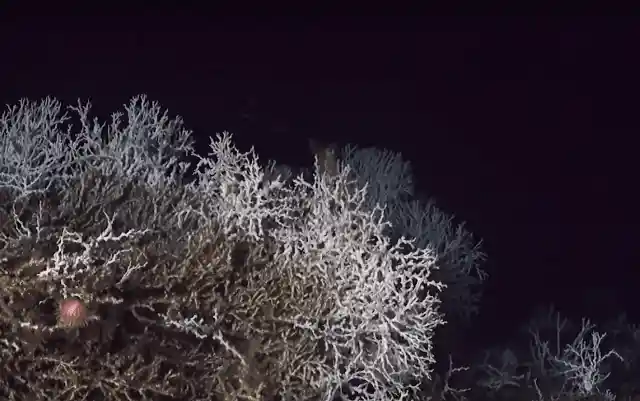

The scientists were left baffled by the amount of Lophelia pertusa they found, which is a stony species of coral found mostly in the Gulf of Mexico.
“[There were] just mountains of it. We couldn’t find a place that didn’t have corals”, Cordes said to the Huff Post.
#8. Lophelia Pertusa
Let’s learn some more about this special type of coral. Lophelia pertusa is a species usually found in cold waters and usually lives between 700 and 3,250 feet beneath the surface of the water. It mostly grows in the Caribbean Sea and the North Atlantic Ocean.
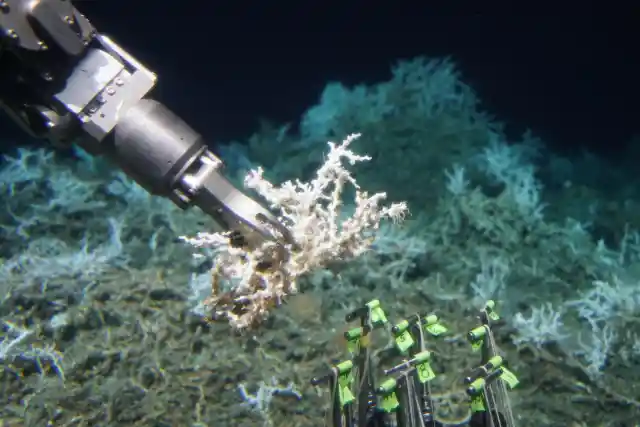
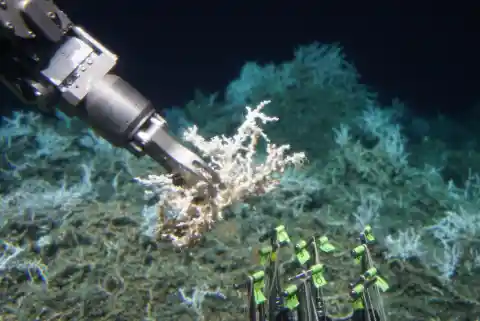
Cordes’ team had already studied plenty of samples of this coral species throughout 2018. Most of these corals were found on top of large rubble piles. These heaps were made up of previous generations of corals and were thriving with other living creatures.
#7. How Old Were The Corals?
The scientists concluded that these heaps had grown closer together over the years until they formed a 300-foot high ridge. Cordes and his team weren’t sure exactly how old the heaps were, but they guessed that they could’ve been there for hundreds of thousands of years.
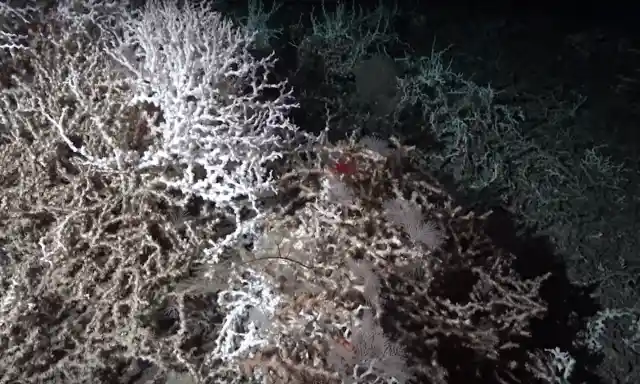
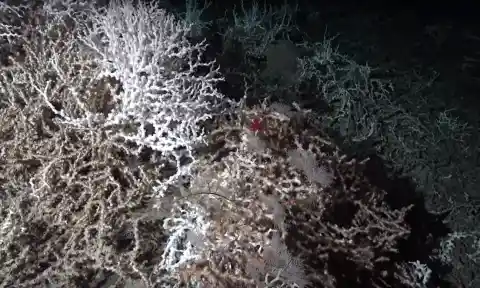
The American scientific community was left in awe, especially when they witnessed how ancient these coral structures were. Professor and coral ecologist Sandra Brooke decided to explore the coral herself and later described the finding as “incredible“.
#6. Previous Findings
During the past decades, several Lophelia corals had already been found near the shoreline of North Carolina and Florida. But what shocked people the most about Cordes’ finding was that these corals were unusually deep in the ocean.
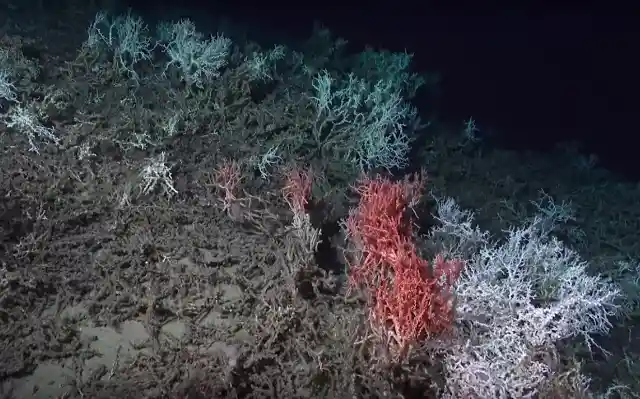
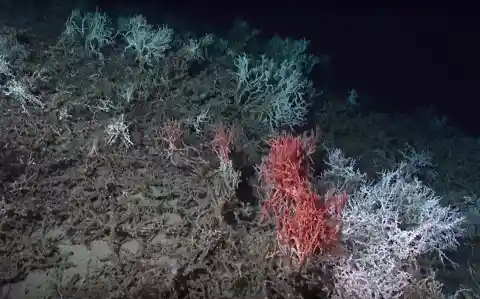
Most of the stony corals previously spotted were found no deeper than 2,000 feet below the surface of the water, while this discovery was made 2,500 feet below the surface. Besides, scientists were also surprised by the fact that these corals were further offshore than usual.
#5. Critical Political Context
These findings took place in a critical political context. A few weeks before the discovery, U.S. President Donald Trump had announced his intention of expanding offshore oil drilling in the Pacific and Atlantic Oceans. This initiative was deeply criticized by the scientific community, as 90% of the coastal waters under U.S. jurisdiction would be vulnerable to such procedures.
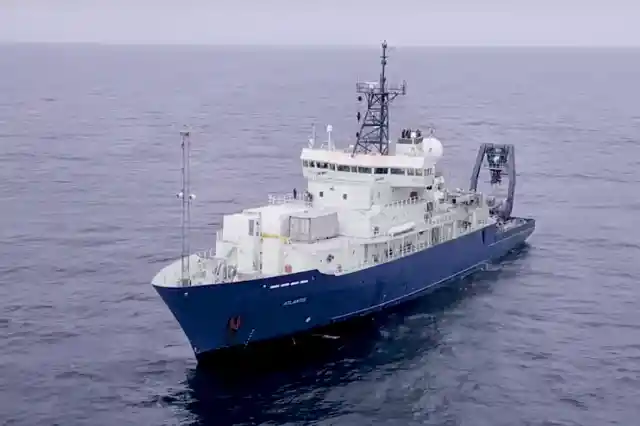
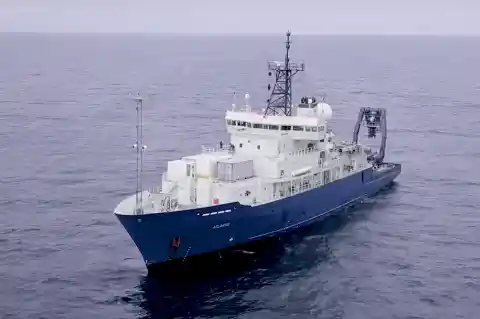
Scientists hope that this recent coral discovery will have at least some impact on Trump’s decision of bolstering drilling developments. In fact, Cordes has publicly expressed his opinion on the matter, highlighting the importance of protecting the Atlantic coral reefs from offshore oil drilling.
#4. Future Research
This recent finding will probably encourage many other scientists to further explore the waters of America’s North Atlantic Coast. These coral reefs are thriving with biodiversity, so it would be interesting for researchers to investigate which species of animals and plants rely on this natural sub-aquatic environment for sustenance.
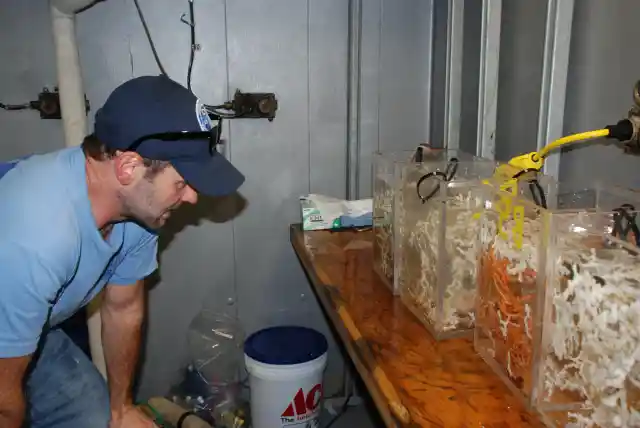

Cordes’ team also posted a video on the oceanexploregov YouTube channel explaining the importance of this finding.
““It was coral rubble for as far as the eye could see and live coral up on top. A cover of live coral I’ve only seen in a couple of places. It’s a lot of living, growing reef“, Cordes explained.
#3. Unique Coral Reef
Cordes also explained in the video that this species of coral reef had never been found so close to the U.S. East Coast.
“ the possibilities for where Lophelia could be forming reefs are now bigger than they used to be. So that’s a real fundamental change in how we do exploration”, Cordes stated.
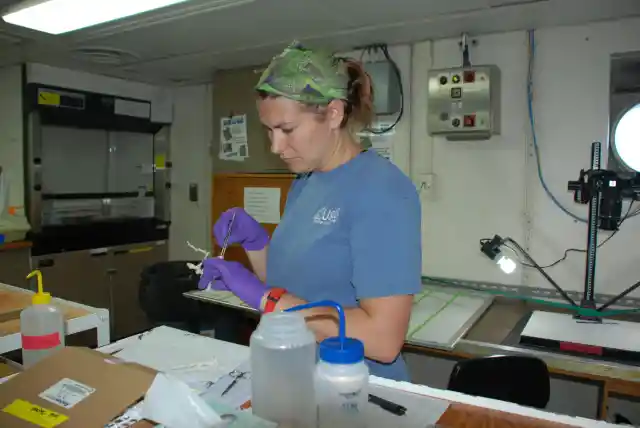
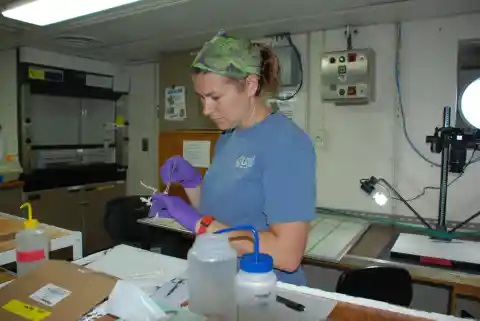
Cordes also explained that the special feature of this coral reef was the conditions under which it existed.
“The temperature profile is really weird here. And in a lot of ways that suggests to us that there are a lot more connections to shallow water than we would expect at 700 meters“, Cordes explained in the video on YouTube.
#2. Future Research
What also struck the scientists was that despite how deep the coral reef was, it wasn’t isolated from the rest of the ocean’s ecosystems. According to Cordes, there were swordfish and all type of marine species swimming over the corals and interacting with the habitat.
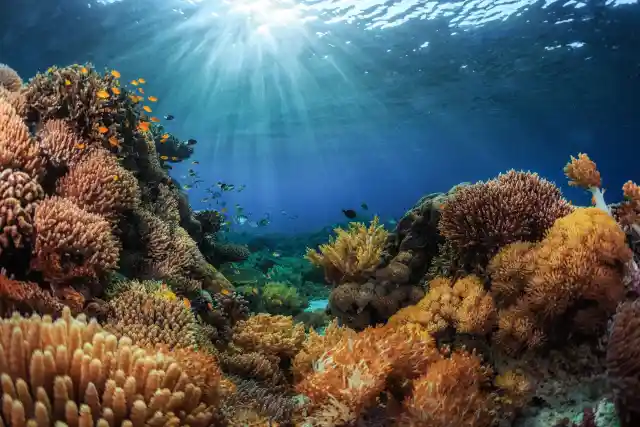
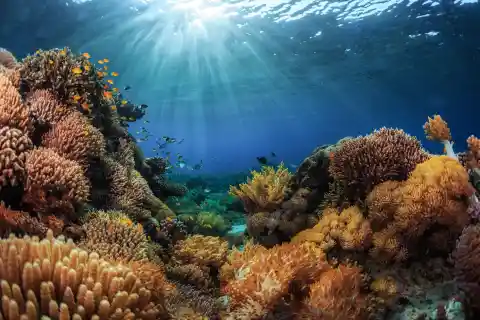
This proves that there is much research to be done in order to understand how these specific type of coral reefs operate. And with the adequate funding and public investment, many more deep-sea coral populations will probably be found.
#1. Raising Awareness
According to Cordes, the main goal of his Deep Search project is to raise awareness on the importance of coral reefs, both among management agencies as well as among the people. People should thus comprehend the importance of reducing the human impacts on these sub-aquatic habitats.
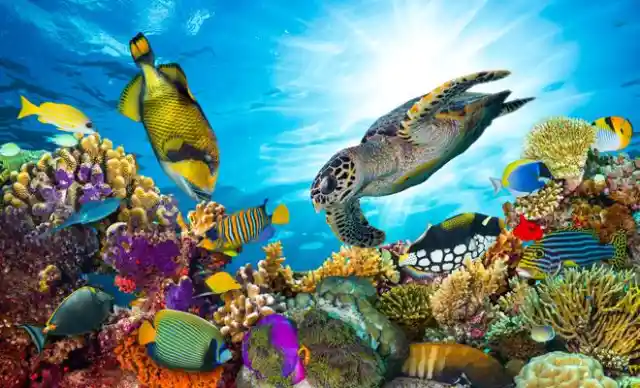
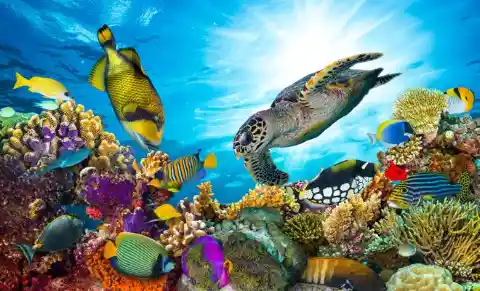
Without a doubt, in a time where coral reefs are under threat as a result of human intervention, the discovery of a new one raises a bit of optimism. As Cordes claimed, “You know, there aren’t many [pristine coral reefs]left on Earth, and we just found a really big one“.